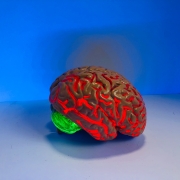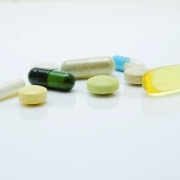Pharmacotherapy of Patients Taking New Psychoactive Substances: A Systematic Review and Analysis of Case Reports
In recent years, an increase in the frequency of hospitalizations of patients taking newer and newer psychoactive substances has been observed around the world. Each year, authors publish case reports of patients who consumed previously unknown NPS. Most publications of this type concern the period between 2014 and 2016. However, no publication systematically reviews the pharmacotherapy used in these cases. This study aims to review the case reports of patients taking NPS published between 2010 and 2019, as well as analyzing the pharmacotherapy used.
Methods:
We searched the Thomson (Web of Knowledge), PubMed/Medline, Science Direct, Scopus and Google Scholar databases. The search was performed using all possible combinations of the term “case report” describing the use of NPS, also referred to as designer medications, internet medications, research chemicals and herbal highs.
Results:
We analyzed 51 case reports on the intake of various types of NPS. Most of them (p < 0.001) concerned the use of synthetic cannabinoids (41.2%) and cathinones (31.4%). The pharmacotherapy applied primarily (p < 0.001) consisted of administering benzodiazepines to patients (62.7%), most of whom took only this group of medications (25.5%), followed by groups receiving benzodiazepines combined with neuroleptics (15.7%) and muscle relaxants (11.8%). Opioids were administered primarily to patients taking synthetic opioids (p < 0.001). Of the 5 cases of deaths from NPS reported in the literature, three relate specifically to the synthetic opioid MT-45. The later the time period, the more medications patients were administered (p = 0.02).
Conclusion:
In the pharmacotherapy for NPS poisoning, one should focus primarily on combating psychomotor agitation.




